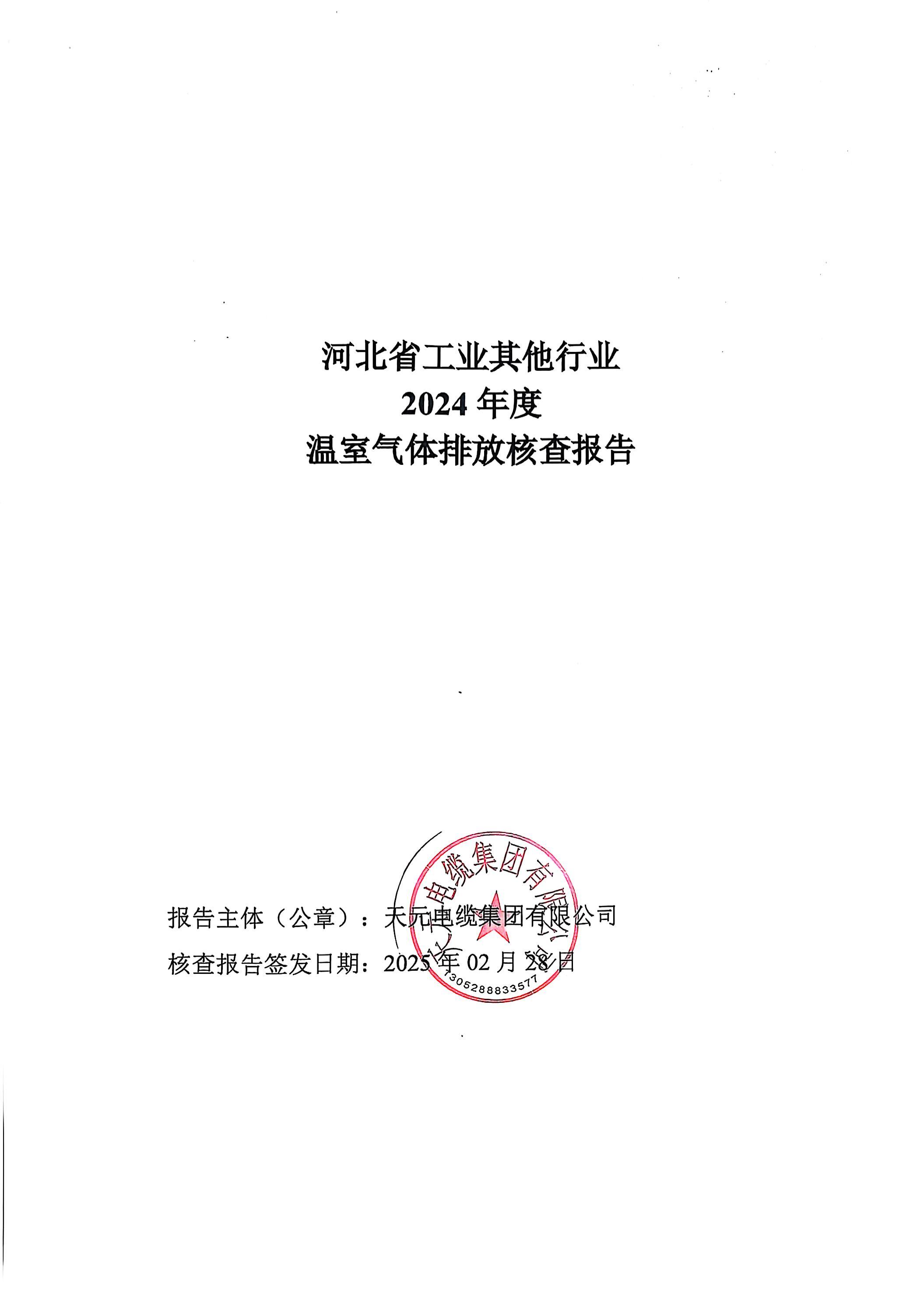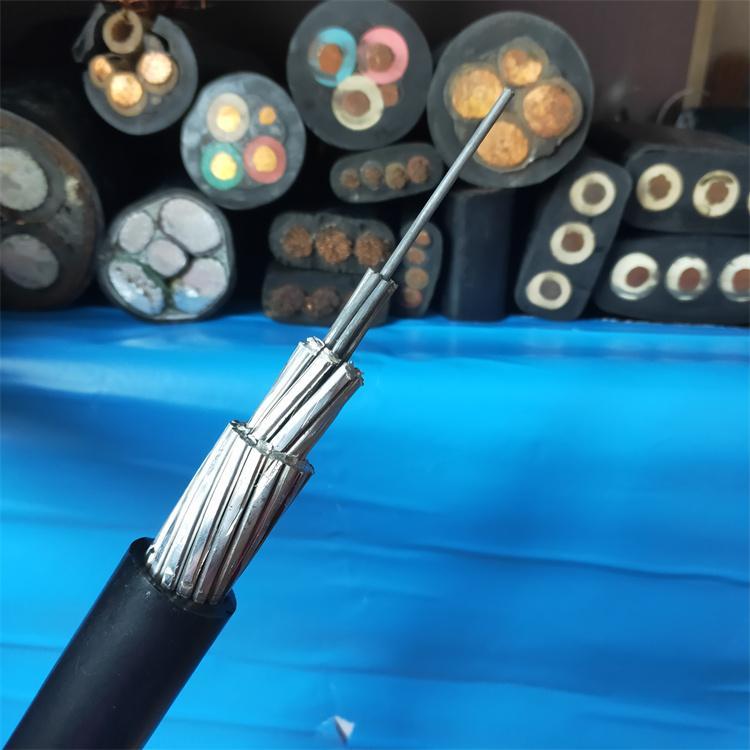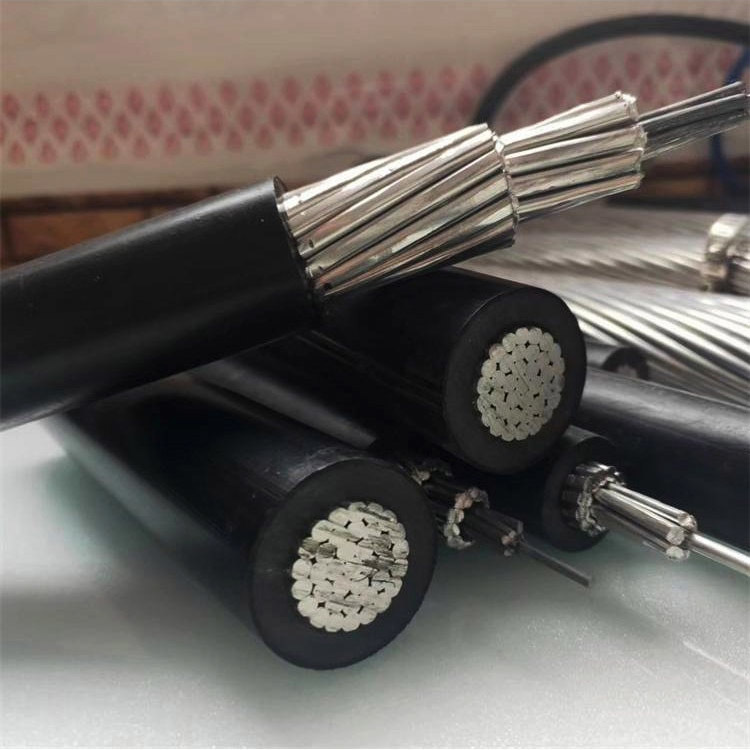Analysis of the Real Differences Between National Standard and Non-Standard Cables
A sensitive topic familiar to cable industry workers over the years: it's too difficult to sell products that meet national standards.
A sensitive topic familiar to cable industry professionals for years: it's too difficult to sell cables that meet national standards. Everyone claims their cables meet national standards, even non-standard ones, giving them a pricing advantage and leaving industry professionals feeling helpless;
What exactly are the differences between national standard and non-standard cables? Let's examine this in detail below:
1. Calculating cost based on copper weight. Initially, this was effective. However, those producing cables to national standards overlooked one issue: their copper is oxygen-free rod, while non-standard cables are not. When scrap copper and oxygen-free rods weigh the same, the Price difference between them is 10%. Therefore, the extensive advertising by national standard cable manufacturers failed, with the minimum Price difference between national standard and non-standard cables being 10%.
2. Cutting corners on auxiliary materials. The government has increased resistance checks and inspections of conventional products, causing non-standard cable manufacturers to compromise on auxiliary materials. If copper accounts for 70% of cable costs, auxiliary materials account for about 20%. If slightly inferior materials are used, a 5% Price difference from national standards can be achieved. As seen recently, many exposed cable issues stem from problems with auxiliary materials.
3. Short meters of wire to short meters of cable. This issue has always existed and is the most difficult to detect. Previously, it was common in BV cables (e.g., 95m, 98m, or 90m cables). Now, due to increased inspections, non-standard manufacturers are resorting to this again. Note that a 1-meter reduction from 100 meters yields a 1% profit margin.
4. Thick ends, thin middle. This refers to cables meeting national standards at both ends, but not in the middle, reducing costs and lowering the Price. Inspection can't be done by cutting the cable in the middle, so this is how this loophole is exploited.
Currently, the fourth point is the biggest concern. As long as the user and cable manufacturer collude, it's impossible to detect. Should we dig up the cables to measure them? This explains why cables that both claim to meet "national standards" have such different Prices.
Tag:
Related Posts











